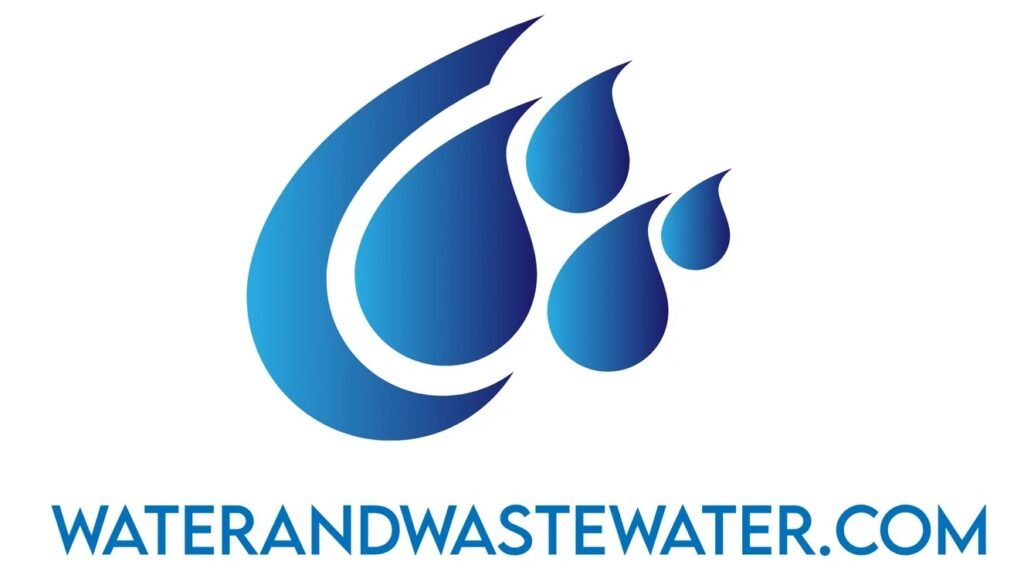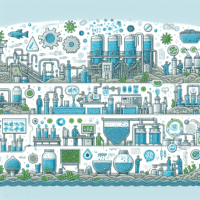Microbes Wastewater Treatment
Microbial Wastewater Treatment: Revolutionizing Water Management
Introduction
As the global population continues to surge, the demand for safe and sustainable wastewater treatment solutions is more pressing than ever. Microbial treatment methods are at the forefront of this challenge, utilizing the natural capabilities of microorganisms to degrade pollutants and purify wastewater. This article delves into the significance of microbial wastewater treatment, examining the technology, processes, and advantages these biological systems offer over traditional methods.
Importance of Microbial Wastewater Treatment
With approximately 80% of the world’s wastewater generated by cities, according to the United Nations, the need for efficient and effective treatment methods is critical. Conventional mechanical and chemical treatments are often not sustainable due to high energy consumption, chemical additives, and limited biodegradability of residuals. In contrast, microbial treatment not only addresses these inefficiencies but also promotes resource recovery and environmental sustainability. By harnessing the powers of microbes, wastewater facilities can convert biological waste into valuable resources, such as biogas and nutrient-rich fertilizers, ultimately mitigating the ecological impacts of wastewater disposal.
Section 1: The Science Behind Microbial Wastewater Treatment
1.1 Microbial Metabolism and Degradation Pathways
Microbial wastewater treatment relies on diverse microbial populations, including bacteria, fungi, and archaea, that break down organic compounds into simpler substances. The primary metabolic pathways involved in microbial degradation include:
-
Aerobic Respiration: Microorganisms consume organic compounds in the presence of oxygen, producing carbon dioxide, water, and energy. This is the basis for aerobic treatment processes such as activated sludge systems and trickling filters.
-
Anaerobic Digestion: In oxygen-free environments, specialized microbes like methanogens convert organic matter into methane and carbon dioxide. This process is widely used in anaerobic digesters, generating biogas that can be harvested for energy.
- Nitrification and Denitrification: These key biological processes involve the systematic conversion of ammonia into nitrate and eventual nitrogen gas, which is essential for reducing nutrient pollution in wastewater.
1.2 Microbial Communities in Wastewater
The composition of microbial communities in wastewater treatment systems is influenced by several factors, including the type of wastewater, treatment conditions, and retention time.
Recent studies published in Leading Environmental Engineering Journals indicate that a diverse microbial community enhances the stability and efficiency of treatment processes. For example:
-
Bacterial Diversity: The presence of varied species increases metabolic pathways and resilience against environmental shifts. Studies suggest that systems with higher microbial diversity can better withstand toxic shocks.
- Fungal Contribution: Fungi play a role in decomposing complex organic matter and can interact synergistically with bacteria, further enhancing the treatment effectiveness.
Section 2: Key Methods of Microbial Wastewater Treatment
2.1 Activated Sludge Process
The activated sludge process is one of the most common microbial treatments for municipal wastewater. This aerobic process involves the injection of air into the wastewater, promoting the growth of microorganisms that consume organic matter.
Advantages:
- High Loading Rates: Activated sludge systems can efficiently handle substantial organic loads, achieving up to 90% removal of biological oxygen demand (BOD) (EPA, 2020).
- Nutrient Removal: The process inherently supports nitrification and denitrification, which is crucial in reducing nitrogen levels.
2.2 Anaerobic Digestion
Anaerobic digestion employs the action of microorganisms in an oxygen-free environment to break down organic materials. This method is particularly effective for high-strength waste such as sludge.
Advantages:
- Energy Production: The methane produced can be used as a renewable energy source, with production rates reaching 30-50 cubic meters of biogas per ton of organic waste (International Water Association).
- Reduced Sludge Volume: Anaerobic digestion significantly reduces the volume of sludge, lessening disposal costs and environmental impact.
2.3 Constructed Wetlands
Constructed wetlands utilize natural processes involving wetland vegetation, soils, and associated microbial communities to treat wastewater.
Advantages:
- Low Operational Costs: Constructed wetlands require minimal energy input, making them viable for decentralized treatment systems.
- Biodiversity Improvement: They support various plant and animal species, enhancing local ecosystems’ resilience (Song et al., 2021).
Section 3: Pain Points and Solutions in Microbial Wastewater Treatment
3.1 Challenges in Microbial Treatment
While microbial wastewater treatment offers numerous advantages, it is not without challenges:
-
Sludge Bulking: Excessive growth of specific bacterial species can result in poor settling characteristics, leading to operational difficulties.
- Toxicity and Inhibitory Compounds: The presence of toxic substances can disrupt microbial communities, compromising treatment performance.
3.2 Strategies to Overcome Challenges
1. Monitoring and Control: Regular monitoring of parameters such as dissolved oxygen, pH, and temperature can help optimize microbial performance and address sludge bulking issues.
2. Use of Bioaugmentation: Introducing selected strains of beneficial microorganisms can enhance degradation rates, particularly in the presence of toxic compounds (Bung et al., 2020).
3. Process Optimization: Implementing advanced treatment options like membrane bioreactors (MBRs) can improve retention time and the purity of effluent, allowing for enhanced microbial action.
Section 4: Future Trends in Microbial Wastewater Treatment
4.1 Integration of Technology
Emerging technologies, such as artificial intelligence (AI) and machine learning, are being incorporated into wastewater treatment facilities. These technologies have the potential to predict microbial performance and optimize operational parameters to achieve efficient treatment outcomes.
4.2 Resource Recovery
The circular economy emphasizes resource recovery from wastewater. Microbial treatment processes are now moving towards integrating technologies for recovering valuable resources:
- Nutrient Recovery: Advanced processes can recover nitrogen and phosphorus, allowing their reuse as fertilizers.
- Bioenergy Production: Innovations in anaerobic digestion are expanding to increase biogas yields, enhancing energy recovery from wastewater.
4.3 Climate Resilience and Sustainability
According to the Intergovernmental Panel on Climate Change (IPCC), wastewater management will be critical in climate resilience strategies. By enhancing microbial treatment systems, facilities can reduce greenhouse gas emissions while ensuring sustainable water resource management.
Conclusion
Microbial wastewater treatment stands out as a robust and sustainable solution to the growing challenge of wastewater management. Through innovative technologies and an understanding of microbial processes, facilities can achieve high-efficiency treatment while recovering valuable resources. As global demands intensify, investing in microbial treatment systems will be vital for the future of water sustainability and environmental protection. Continuous advancements in research and technology will only enhance the potential of these systems, marking the dawn of a sustainable wastewater treatment era.
Frequently Asked Questions
Q: What is the most effective microbial treatment method?
A: The effectiveness of microbial treatment methods varies by application. Activated sludge systems are well-suited for municipal wastewater, while anaerobic digestion offers advantages for high-strength wastes. Constructed wetlands serve as effective decentralized solutions.
Q: How does microbial wastewater treatment benefit the environment?
A: Microbial treatment systems reduce ecological footprints by lowering greenhouse gas emissions, recovering nutrients, and minimizing energy consumption compared to conventional methods.
Q: Are microbial treatments cost-effective?
A: While initial investments may be higher, the long-term operational savings, resource recovery, and reduced disposal costs often lead to substantial savings.
References
- EPA. (2020). Effluent Guidelines.
- International Water Association.
- Bung, J., et al. (2020). Bioaugmentation in Wastewater Treatment: A Review.
- Song, W., et al. (2021). The Role of Constructed Wetlands in Wastewater Treatment.
- IPCC Reports.
This article has been optimized for SEO using keywords relevant to microbial wastewater treatment, while providing an in-depth analysis that engages with contemporary issues faced by water treatment professionals.

